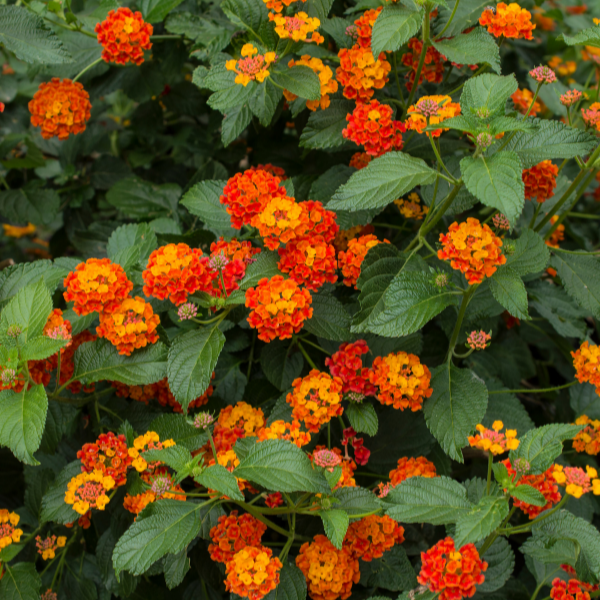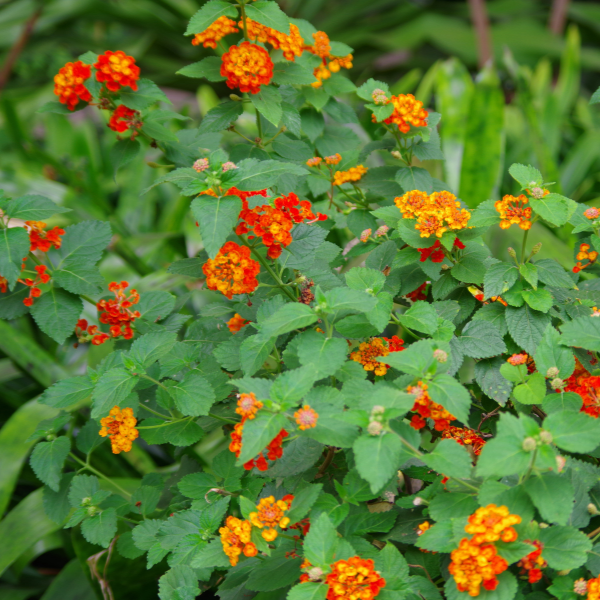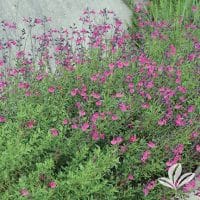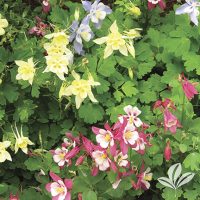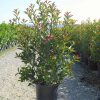Description
Lantana
Lantana is certainly a beautiful show of perennial color that will grace your garden year after year. Although lantana are native to the tropical regions of the Americas and Africa, lantana has easily become a global favorite in many regions where plants may otherwise be hard to grow. Lantana is very tolerant of poor soil and is drought-tolerant, hence its popularity, especially in Texas!
Lantana will spread through your garden over a several-year span, making it perfect to fill empty spaces where color is needed. Lantana can reach up to 10 feet wide, while it will only usually grow to be about 6 feet tall maximum. Lantana thrives in zones 1 through 8 and requires full sun. The bloom time of lantana is fairly long, lasting from spring up to the first frost.
With its characteristic clusters of small, tubular blooms in shades of yellow, pink, orange, and red, Lantana adds a warm, sunny mood to gardens, patios, and balconies. Durability meets beauty with Lantana’s impressive resilience. It’s drought-tolerant and heat-loving, proving its worth in hot, sunny summers where other plants struggle. Once established, it requires minimal maintenance, allowing you to enjoy more time admiring rather than tending. Its sprawling or compact varieties fit neatly into borders, containers, or hanging baskets, giving you creative flexibility to shape your landscape.
The stems of lantana become woody as they mature; however, the stems can be cut back to the ground every year. Make sure not to cut the stems back during the dangers of frost as exposing the stems to cold may kill the plant. Otherwise, a healthy pruning will ensure the plant comes back fuller and more colorful each year.
A magnet for pollinators, Lantana plays a vital role in supporting local ecosystems. Its nectar-rich blossoms attract butterflies and hummingbirds, inviting a sense of movement and life to your outdoor living space. This makes it an excellent choice for pollinator-friendly gardens and eco-conscious landscapes.

